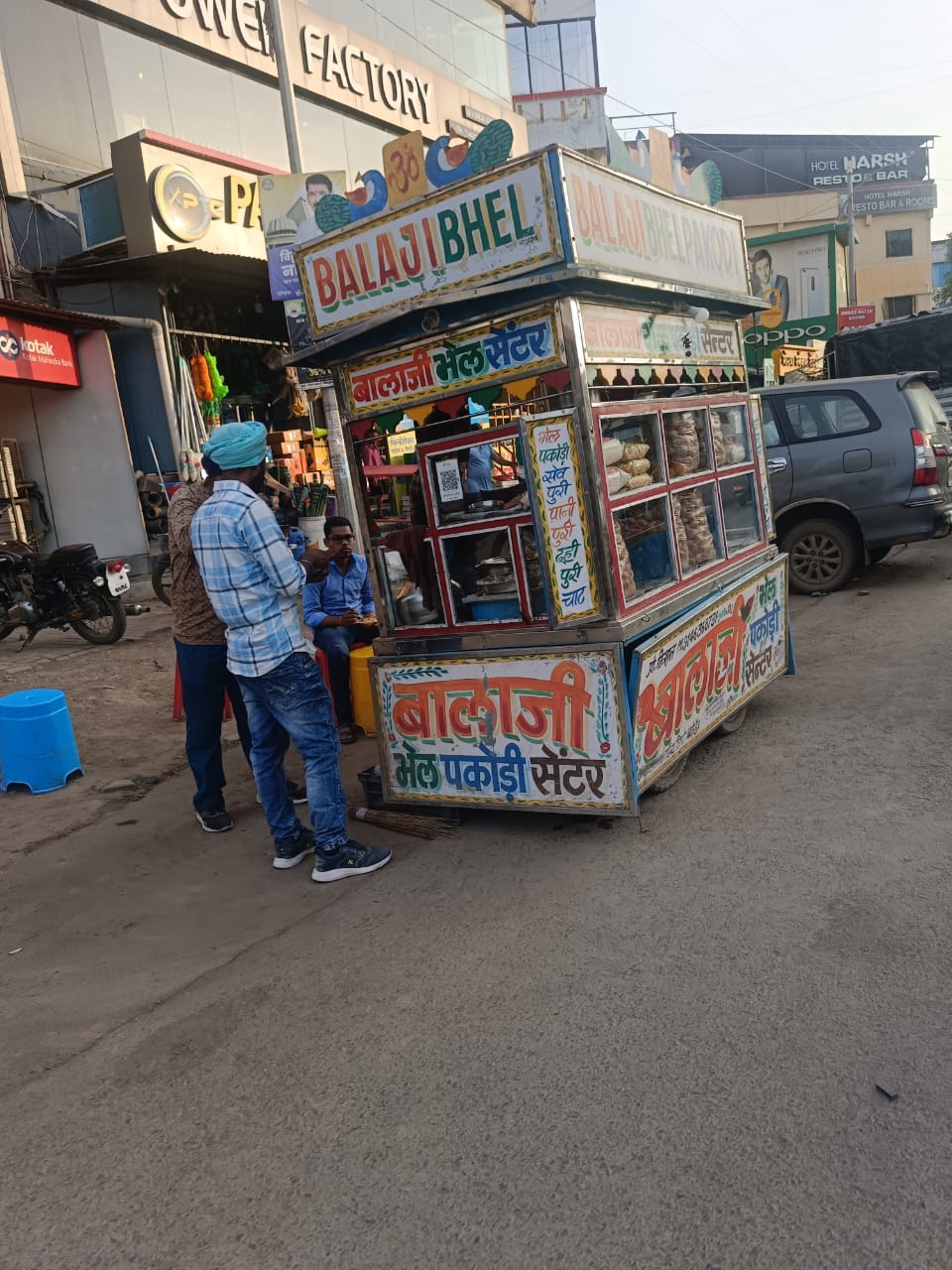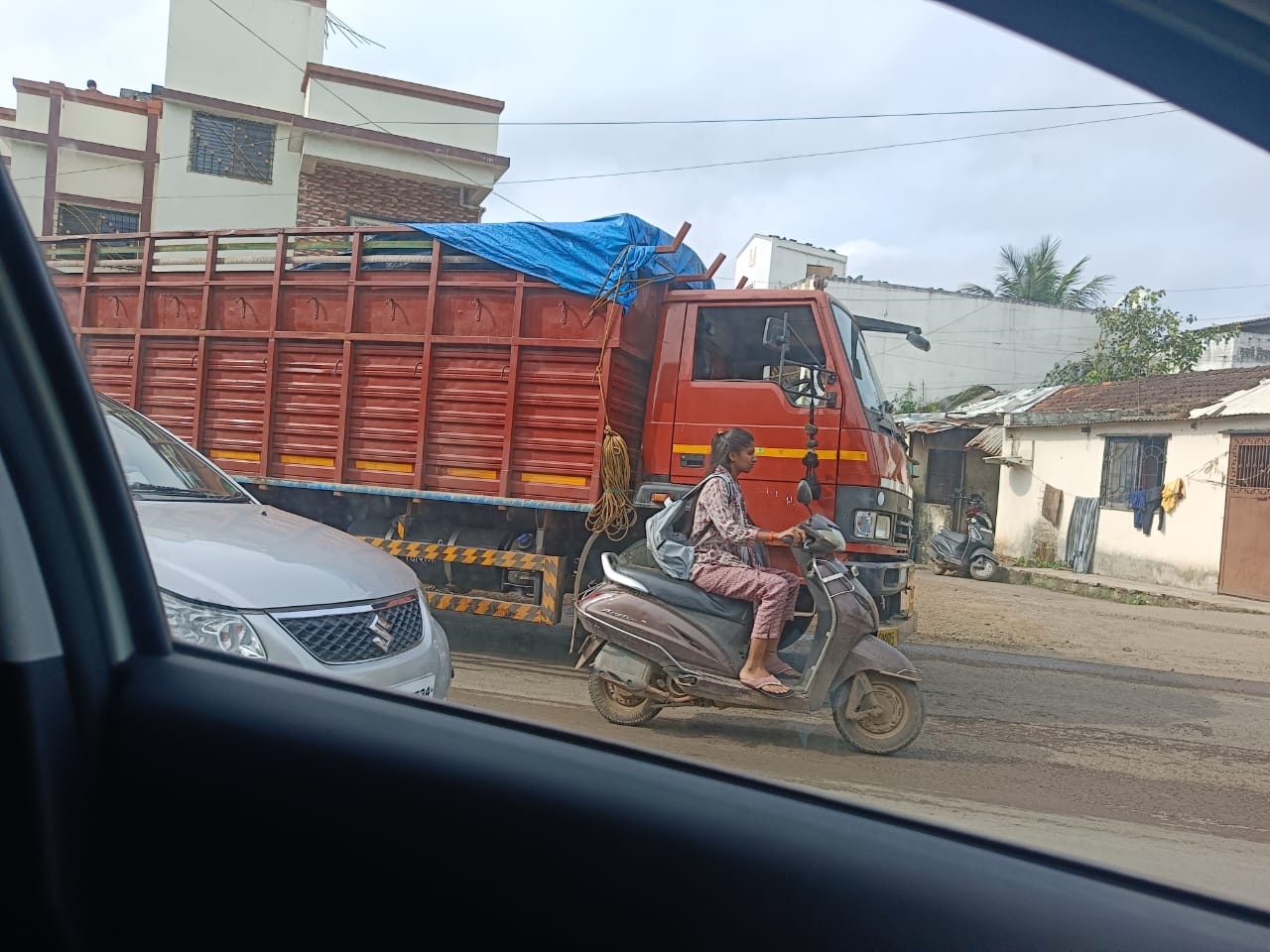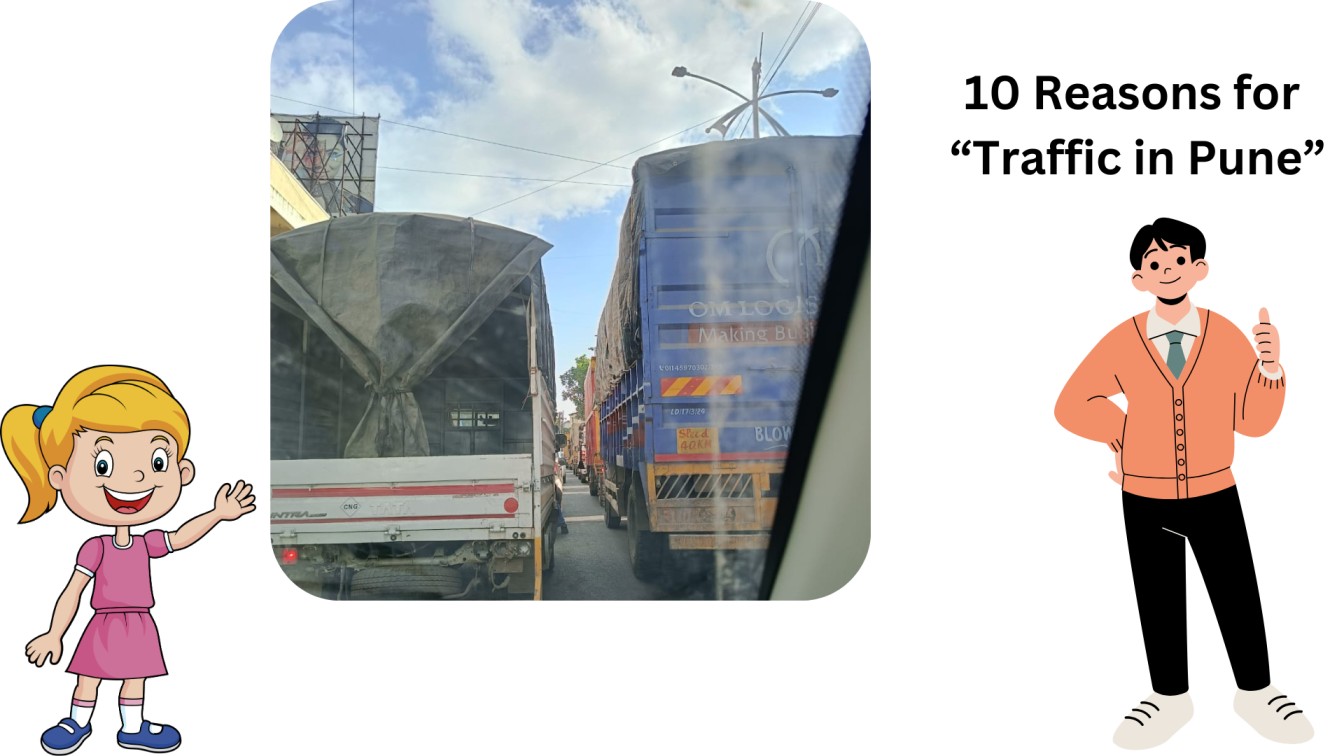Pune is often noticed as one of India’s emerging smart cities, with an increase in technological advancements and infrastructure projects designed to enhance urban living. Yet, beneath the hype of innovation, a pressing issue persists: “Traffic in Pune”. While smart initiatives aim to streamline urban life, the reality on the roads tells a different story, where congestion and chaos often overshadow the promise of a smarter future. In this blog, we will find the paradox of Pune’s smart aspirations versus the daily traffic struggles faced by its residents.
What are the peak traffic hours in Pune?
For Punekars, traffic is simply a part of daily life. However, certain times of the day create congestion, transforming the roads into a “Macchi Bazaar”. Known as the “City of Education,” Pune sees a surge of students heading to schools and colleges during the morning rush.
Simultaneously, areas like Hinjewadi, Koregaon Park, Wagholi, Chakan, and Hadapsar—hubs for IT professionals—experience a significant rush as workers head to their offices. This confluence of school runs and office commutes creates a perfect storm of traffic from 8 AM to 11 AM and again from 5 PM to 10 PM, illustrating a daily dance of urgency and patience that every “Punekar” knows all too well.
Why there is a traffic jam in Pune? Traffic in Pune
1. Street vendors

In Pune, the streets are increasingly dominated by daily vendors, snack sellers, and shop owners, who occupy not only footpaths but also roadways. This trend has led to significant congestion and continuous traffic jams, flooded by the growing number of stalls—many of which infringe upon the city’s approximate 574 kilometers of footpath.
As these vendors expand, pedestrian space diminishes, pushing peddlers into already crowded areas. Furthermore, they encroach upon parking zones, narrowing the roads and limiting driving space, which complicates urban mobility.
Alarmingly, municipal officers often delay enforcement actions against these vendors, reportedly accepting bribes to overlook violations. This cycle of informal commerce and bureaucratic inaction not only disrupts the flow of traffic but also raises questions about the city’s commitment to maintaining public spaces and ensuring safety for all road users. Addressing this issue requires urgent attention and strategic planning to reclaim the roads for pedestrians and vehicles alike.
2. Due to Politician
On September 29th, the inauguration of the Pune Metro from Swargate to Mandai drew significant attention, prompting traffic police to divert routes for arriving VVIPs, including ministers. This disruption forced many commuters to alter their usual paths, exacerbating the already congested traffic in Pune.
Just days prior, I experienced a similar scenario on the Pune-Mumbai highway, where police halted one lane to facilitate a minister’s travel to Mumbai. While these measures aim to ensure a few’s safety, they often leave countless commuters stranded in frustrating traffic jams, highlighting the ongoing struggle between security protocols and public convenience.

3. Due to the Failure of a Truck, Bus or Car
Traffic jams are an inevitable issue in urban areas, and in Pune, the situation is added by the frequent breakdowns of heavy vehicles like trucks and buses. The city is home to 6-7 Maharashtra Industrial Development Corporations (MIDCs), leading to a significant number of trucks on the roads. Unlike smaller vehicles, when a truck or bus encounters a mechanical failure, it creates a blockade that is difficult to clear, resulting in severe congestion.
Areas such as Chakan, Wagholi, and Ranjangaon often experience frequent traffic disruptions. This situation frustrates commuters and impacts local businesses and emergency services.
Addressing this issue requires a multifaceted approach, including regular vehicle maintenance checks for heavy-duty vehicles and improved infrastructure to manage breakdowns more efficiently. By prioritizing these solutions, Pune can solve some of the traffic caused by vehicle failures, making commutes smoother and more predictable for all road users.
4. Traffic Jams in Pune: The Role of Accidents
In Pune, traffic jams are common, often triggered by accidents. Many residents don’t obey traffic rules, leading to frequent minor collisions. Instead of resolving disputes off the road, individuals often argue in place, attracting more commuters and creating congestion.
Major accidents can completely block roads, causing significant delays. Additionally, debris like broken mirrors or damaged road dividers poses further risks to drivers and pedestrians.
To mitigate these issues, Pune’s citizens must adhere to traffic regulations and prioritize safety, ensuring smoother commutes and reducing the potential for accidents.
5. BRT Bus Stop
When a BRT bus halts at a roadside stop, vehicles behind must come to a complete stop until the bus resumes its journey. This mandatory pause is designed to prioritize public transit but often results in temporary traffic congestion. As the bus fills with passengers, frustration can build among drivers waiting in line, highlighting the challenge of balancing efficient public transport with the flow of private vehicles.
Addressing this issue may require innovative traffic management solutions to minimize delays while ensuring that public transportation remains accessible and effective for commuters.

6. Broken roads
Corruption can significantly contribute to traffic jams, particularly in India, where poorly constructed roads are a common issue. Contractors, driven by financial incentives, often prioritize profits over quality, resulting in roads that deteriorate after just two monsoon seasons. These damaged surfaces, riddled with potholes, force vehicles to slow down, creating bottlenecks and frustrating delays. Moreover, the hazardous conditions can lead to serious accidents, making traffic situations further.
Addressing corruption and enforcing strict construction standards are vital to ensuring safer, more efficient roadways, ultimately reducing congestion and enhancing the overall travel experience for all commuters.
7. Autorickshaw
Encountering autorickshaws on the road can be a source of frustration for many drivers. Their tendency to halt in the middle of the lane disrupts traffic flow and complicates driving conditions. Often stopping abruptly to pick up or drop off passengers, these rickshaws force vehicles behind them to come to a standstill, leading to unnecessary delays. This chaotic behavior not only tests motorists’ patience but can also create hazardous situations.
Improved regulations and designated stopping areas for autorickshaws could alleviate these issues, fostering a smoother and safer driving experience for everyone on the road.

8. Traffic light does not work
Traffic lights play a crucial role in maintaining smooth vehicle flow, but their dysfunction can lead to chaos, as often seen in Pune. When traffic signals fail, drivers tend to ignore rules, resulting in a free-for-all at intersections. This disregard for order not only creates confusion but also significantly increases the risk of accidents. The ensuing traffic jams can be frustrating for all commuters, extending travel times and contributing to urban congestion.
Implementing regular maintenance and backup systems for traffic lights is essential to ensure safety and efficiency on the roads, keeping the city moving smoothly even during unforeseen disruptions.

What is the traffic rank of Pune?
Pune ranks among the top 10 cities globally for traffic congestion, according to data from TomTom.com. Commuters face an average travel time of 27.5 minutes to cover just 10 kilometers, reflecting a significant congestion level of 57%.
This chronic traffic issue results in an annual productivity loss of approximately 128 hours per person, highlighting the impact on daily life. With an average speed of just 19 km/h, navigating the city has become increasingly frustrating for residents. Addressing these challenges through improved infrastructure and traffic management strategies is crucial to enhancing the commuting experience and overall quality of life in Pune.

